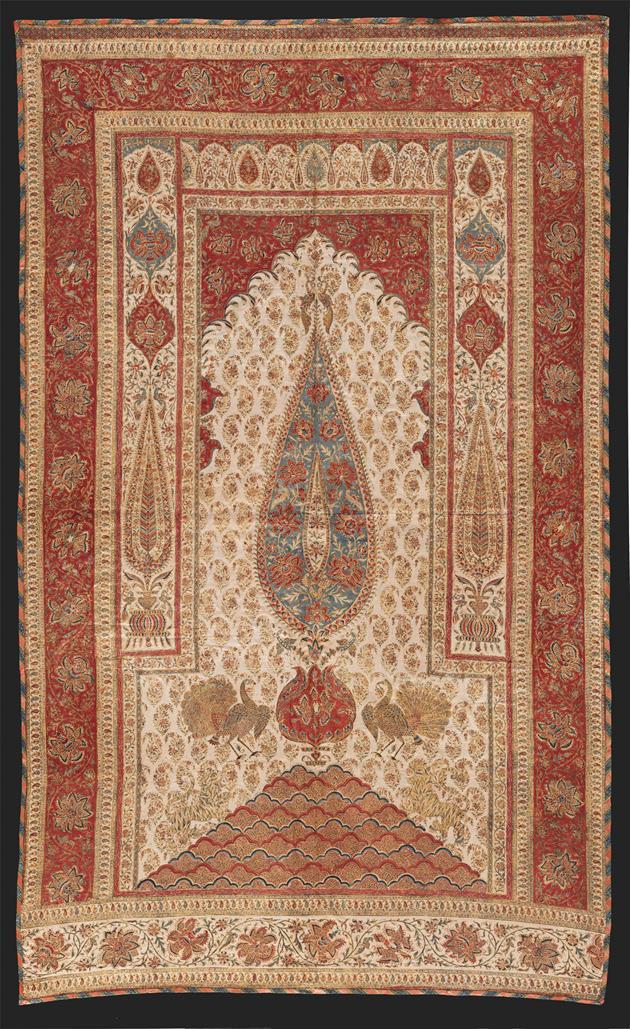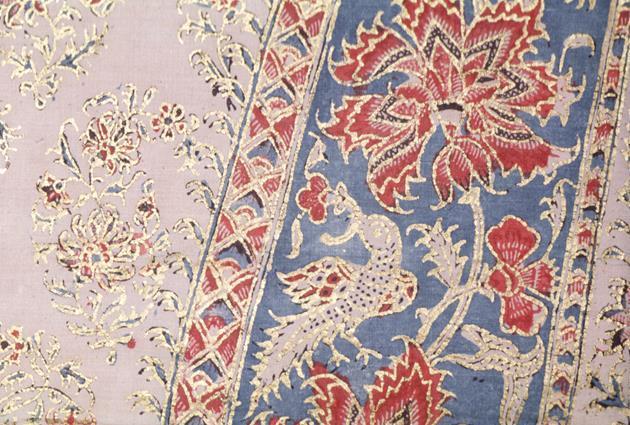






early 19th century
Seattle Art Museum respectfully acknowledges that we are on Indigenous land, the traditional territories of the Coast Salish people. We honor our ongoing connection to these communities past, present, and future.
Learn more about Equity at SAM